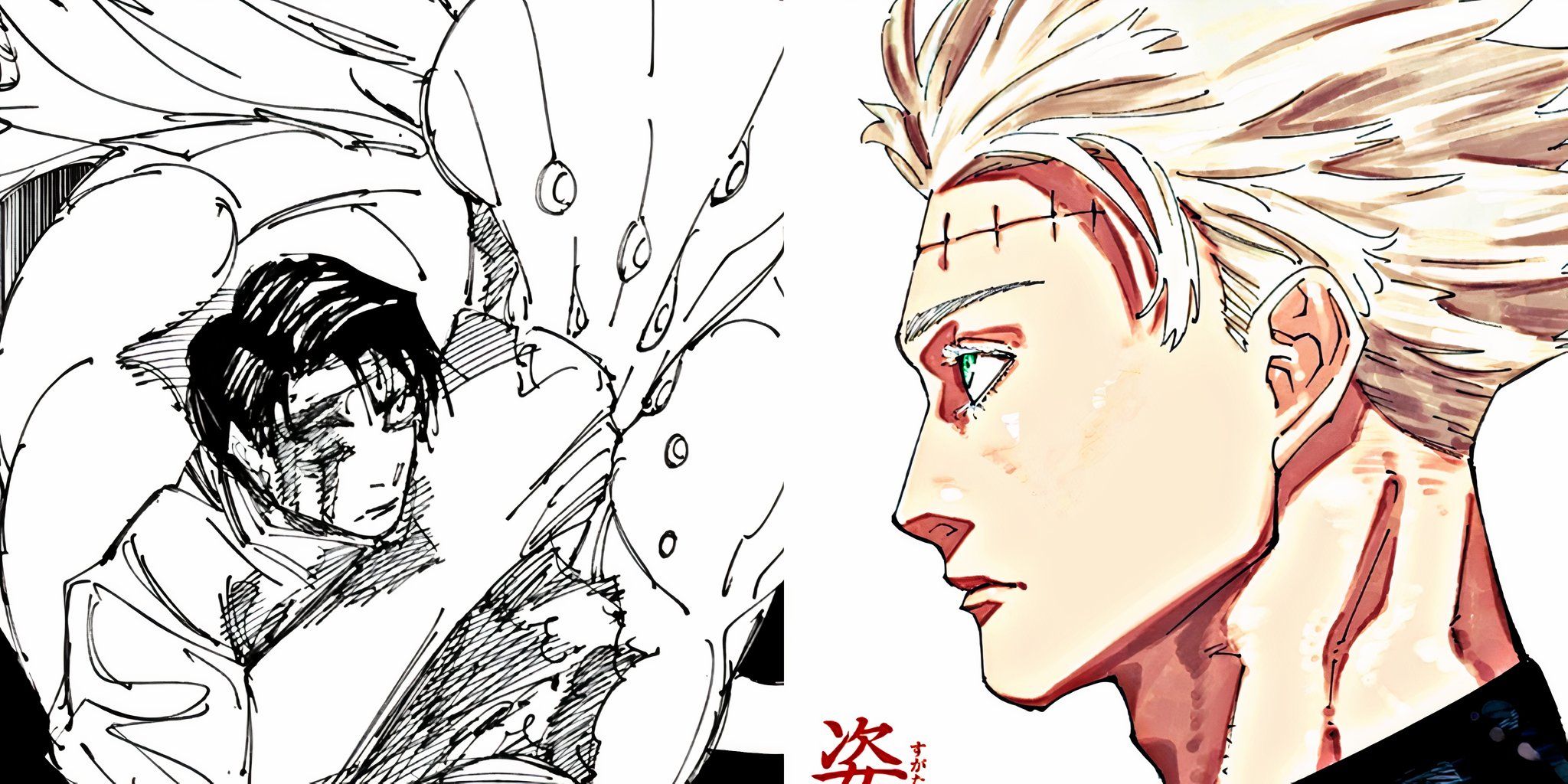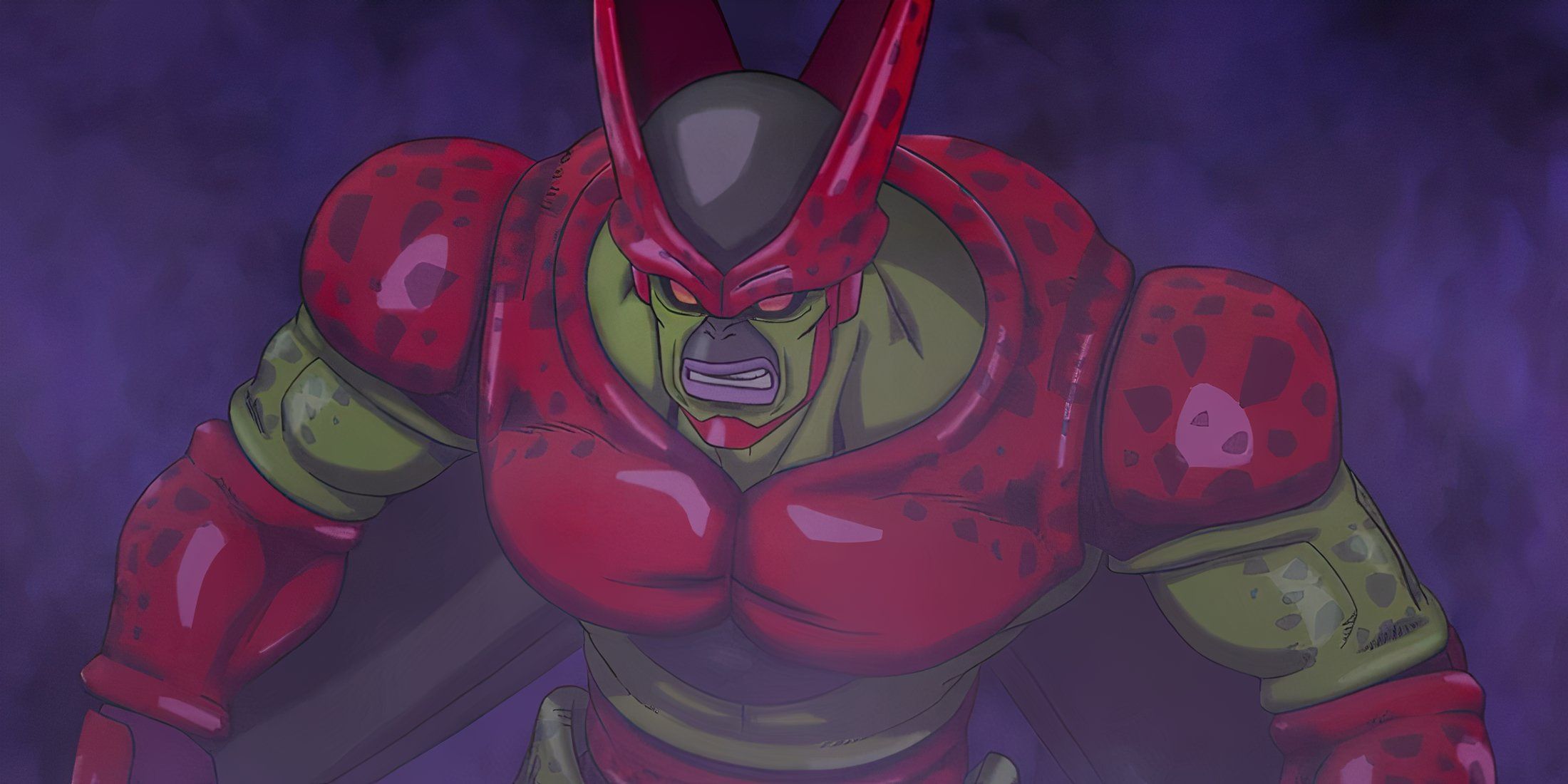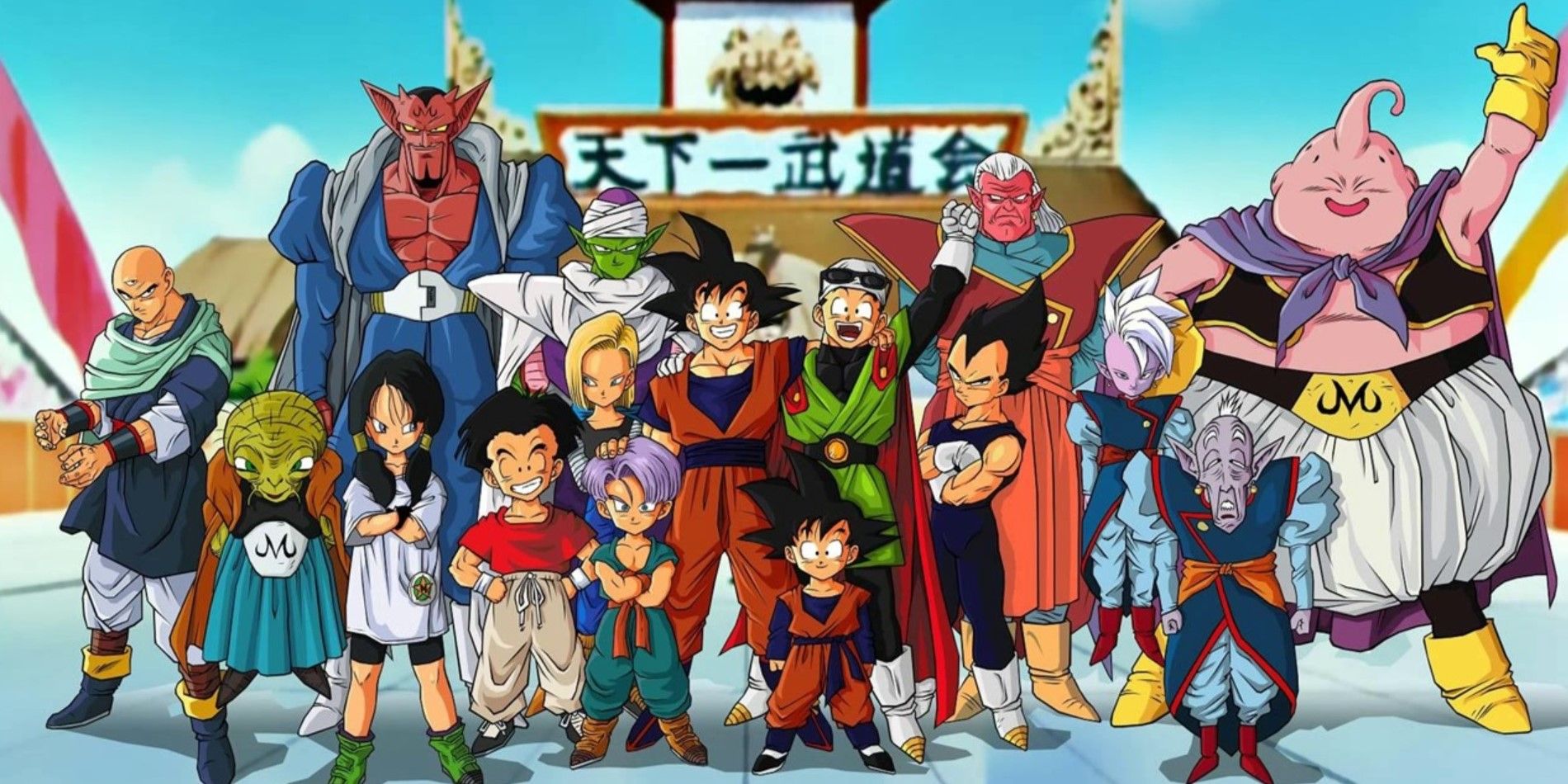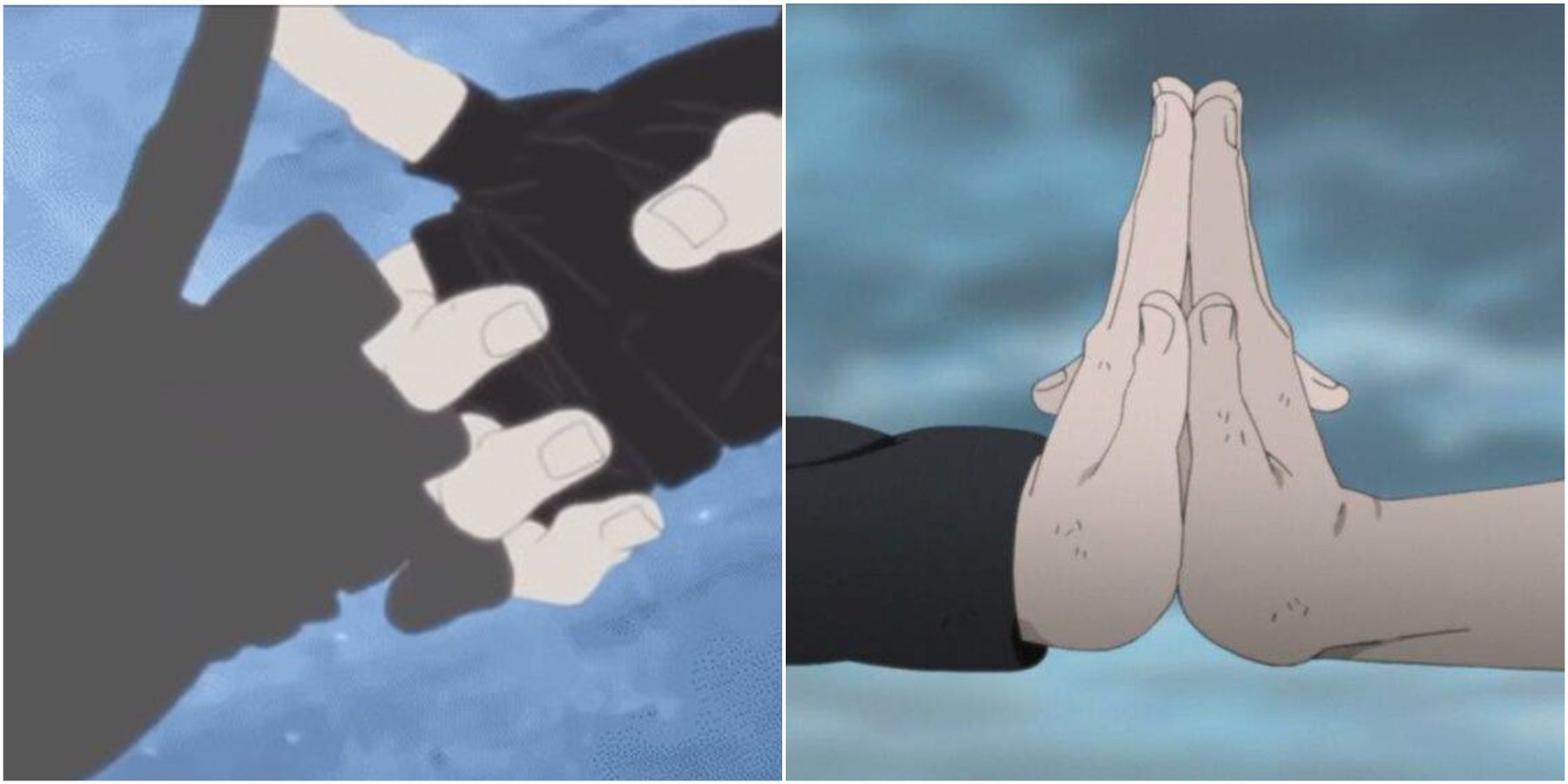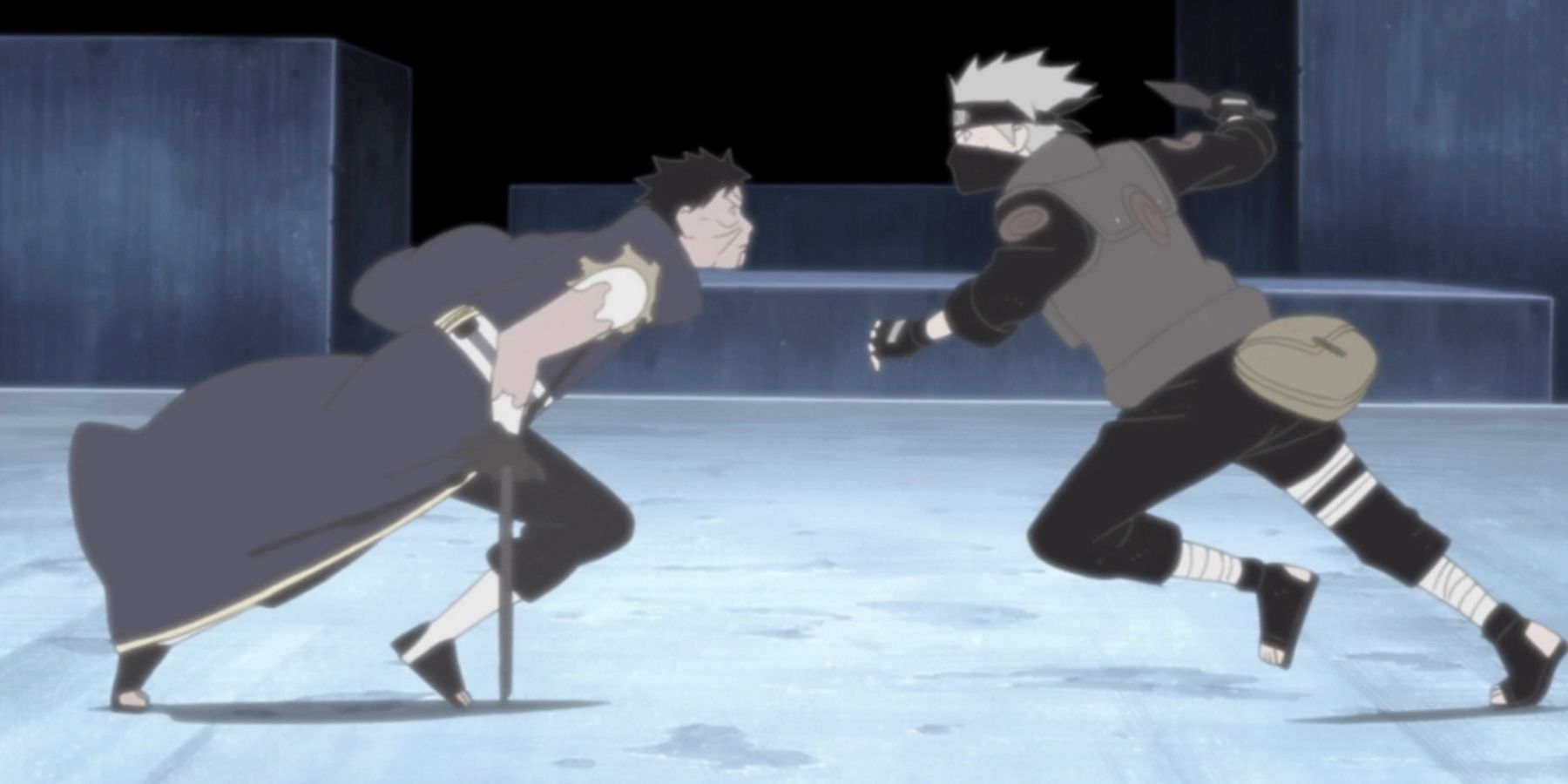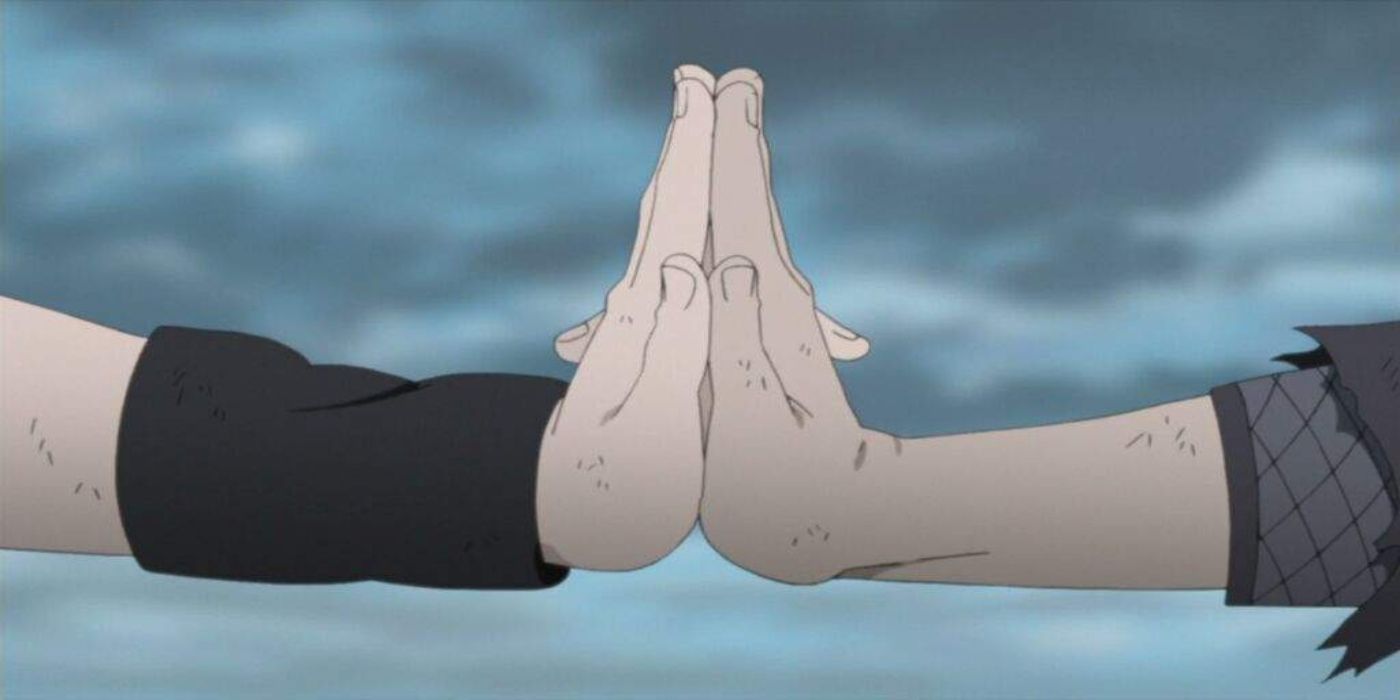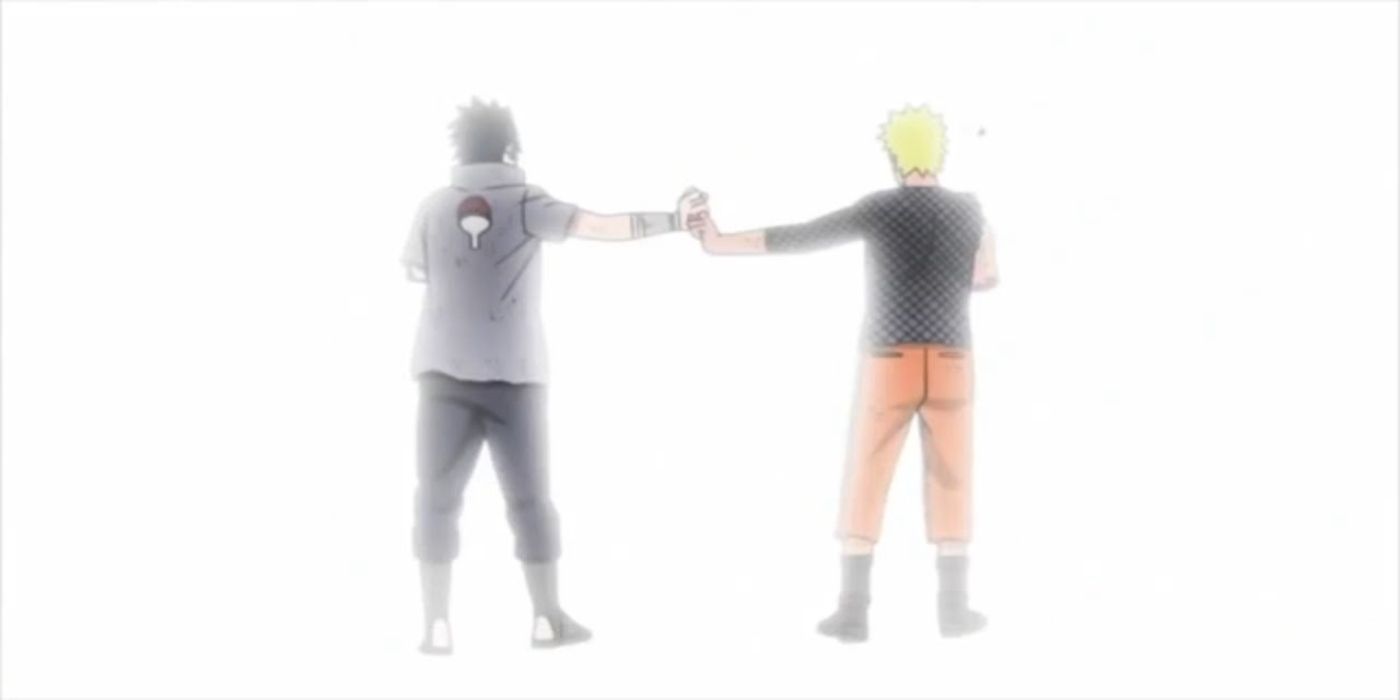Hand signs are a staple within the Naruto franchise, almost synonymous with the entire concept of ninjutsu. Although most remember the original, iconic hand signs that shinobi use while casting jutsu, a few lesser known hand seals may have been forgotten. The series has already cemented the concept of one-handed hand signs, indicating that shinobi are capable of casting techniques with just one hand. While this concept has some semblance of logic, the series went on to introduce a new brand of hand signs that require two shinobi combining their hands to cast jutsu.
Combined hand signs are coherent with the concept of chakra and ninjutsu, as these hand seals knead chakra similar to their regular counterparts. However, the problem with these hand signs arises when considering the circumstances they have been used under. Using combined hand signs out of one’s own will is one thing, but a shinobi manipulating the hands of their opponent to cast hand signs is a concept that is rather absurd. Combined hand signs could very well have a place within the shinobi system, though the series’ portrayal taints this concept.
Instances of Combined Hand Signs
Similar to one-handed hand signs that were only used twice in the series, combined hand signs were only seen a handful of times, with only two instances being canon. The very first instance was in the Forest of Death during the Chunin Exams, where Anko used combined hand signs with Orochimaru in an attempt to kill him. After their first appearance in part 1 of Naruto, combined hand signs merely became a myth until they were seen once more during the Great War arc, with the first instance being Kakashi and Obito’s fight.
Sasuke and Naruto’s great clash at the end of the series also witnessed the usage of combined hand signs, with Sasuke manipulating Naruto’s hand to cast his own jutsu. However, this instance, including the one during Kakashi and Obito’s fight, is non-canon as these two scenes were only present in the anime adaptation to serve as an aesthetically pleasing scene during the battles. The only other canon instance of combined hand signs can be seen at the very end of the show, when Naruto and Sasuke combine their hands to undo the Infinite Tsukuyomi.
The Problem With Combined Hand Signs
Combined Hand Signs don’t necessarily pose a problem, though their application within the series is certainly incongruous. Other than the last instance of Naruto and Sasuke undoing the Infinite Tsukuyomi, every other usage of combined hand signs has been between shinobi fighting on opposing sides and forcefully manipulating the other’s hand to cast a jutsu. If combined hand signs were limited to simply being used between allies, the concept would make much more sense.
However, the way combined hand signs have been portrayed in the series barely makes any sense. Both Obito and Sasuke forcefully used Kakashi and Naruto’s hands respectively to cast their own jutsu. This makes Kakashi and Naruto, two of the strongest shinobi in the series, seem like weak fighters who can be controlled by their opponents to cast hand signs. It should be impossible for such highly-skilled shinobi to have their hands used without their consent for casting jutsu.
It could be argued that casting hand signs is simply muscle memory for shinobi, and with the fast-paced nature of casting hand signs, it’s plausible that their hands move involuntarily. Moreover, forcing someone else to cast hand signs could also be viewed as a sign of skill and strength on Sasuke and Obito’s part. However, such a depiction would only present Naruto and Kakashi as weak and incompetent shinobi.
The Symbolism Behind Combined Hand Signs
Combined hand signs contain a lot of symbolic value, seeing how these hand signs can be used to denote camaraderie and collaboration between two sides. When Sasuke and Naruto combine their hand signs to undo the Infinite Tsukuyomi, these very sentiments are vehemently depicted by that scene, indicating that the long-hauled rivalry between the two has finally come to an end.
However, the previous two instances of combined hand signs entirely negate this symbolism. Instead, it portrays Sasuke and Obito as selfless shinobi that are willing to use anyone and anything to get what they want, even their closest friends. This not only damages Sasuke and Obito’s characters but also nullifies the symbolism of peace and collaboration that is achieved at the very end.
It also makes more sense for combined hand signs to represent collaboration rather than being used to fight an opponent since the latter presents these hand signs as a form of coercion rather than a willingness to concord. Overall, the concept of combined hand signs is a novel and interesting notion, though its poor execution within the Naruto series ruins the concept.

